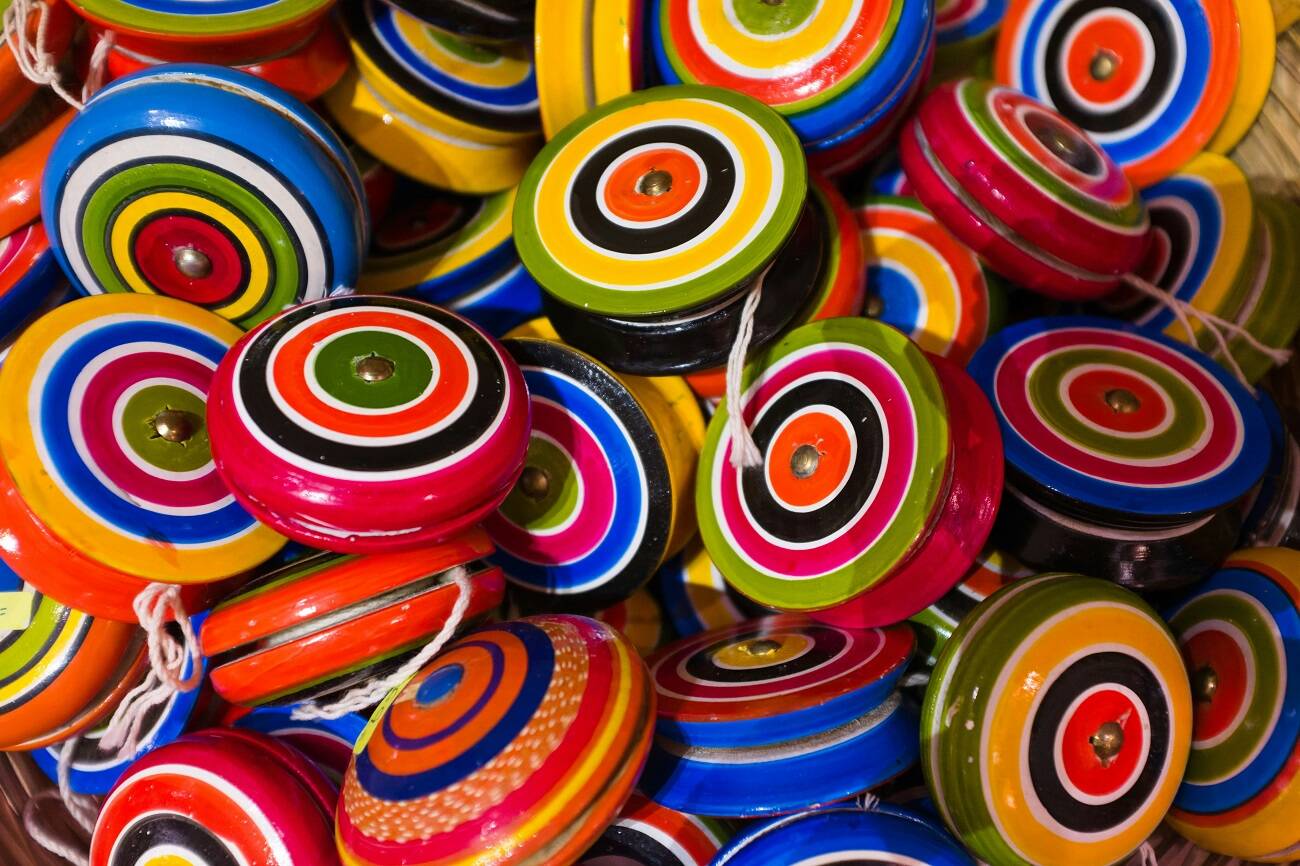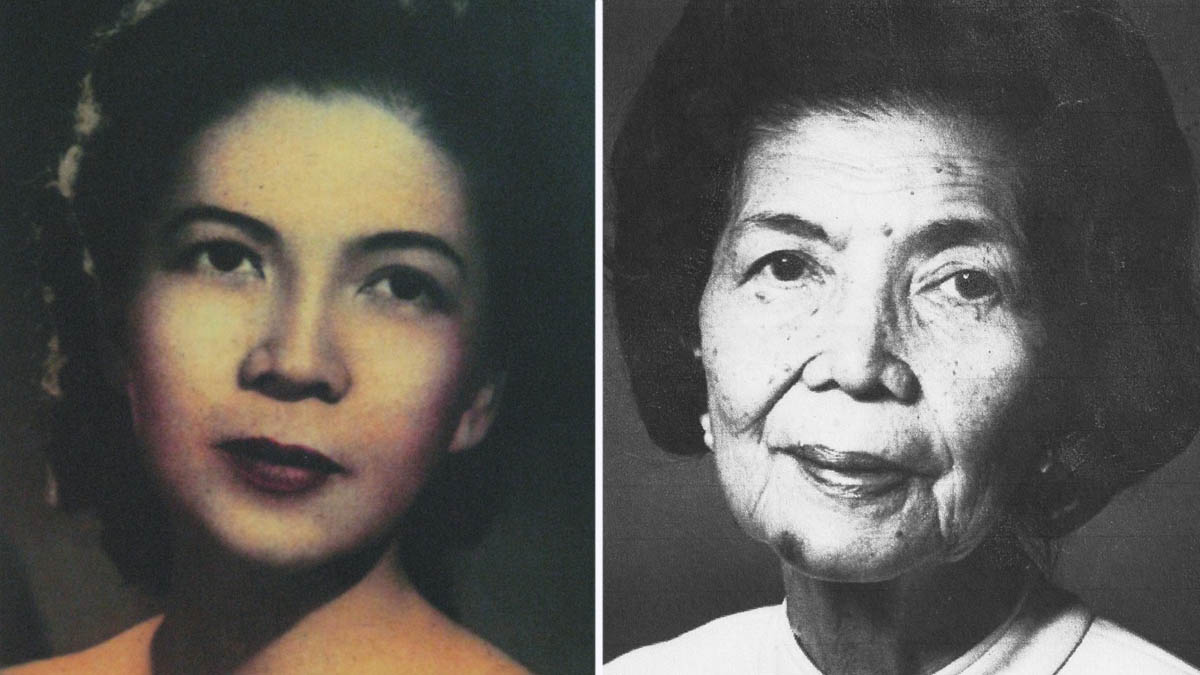
Filipinos are often recognized for popular inventions like the yoyo and karaoke, but their innovative contributions go far beyond just these recreational items. In the fields of writing, information technology (IT) and medicine, Filipinos have made significant strides with lesser-known inventions that have had a lasting impact.
From creating a revolutionary ink alternative to advancing medical research and providing expertise to technological development, Filipino inventors have demonstrated their ingenuity and competence on a global scale. This highlights the diverse talents and competencies present within the Filipino community, demonstrating their capacity to break barriers and offer meaningful contributions to a variety of industries.
Let’s further explore these remarkable achievements that have played a part in shaping the world we inhabit today.
Quink Ink

Francisco Quisumbing left a lasting impact on the writing sphere through his development of Quink Ink. This exceptional ink, celebrated for its rapid drying, resistance to smudges, clogs, and water, has captured the admiration of pen aficionados globally. Through a partnership with The Parker Pen Company, Quisumbing’s inventive ink variation resonated with writers, artists, and professionals, revolutionizing the writing experience for many.
By addressing common ink-related challenges, Quink Ink has emerged as the preferred option for individuals in search of a reliable and top-quality writing experience. Its enduring quality and performance have cemented its status as a fundamental component in the pen industry, persisting in the utilization of various pens and fountain pens up to the present day.
The Bamboo Incubator

The bamboo incubator, a revolutionary invention by Dr. Fe Del Mundo, the first “National Scientist” of the Philippines, has had a profound impact on neonatal care. Dr. Del Mundo, a pioneering pediatrician and educator, devised the bamboo incubator as a cost-effective solution to provide a nurturing environment for premature infants in resource-limited settings.
Using wicker laundry baskets lined with sterilized cloth and hot water bottles for warmth, Dr. Del Mundo ingeniously created a makeshift incubator, a testament to the endearing “madiskarte” (resourceful) trait, one of the many adorable and sometimes, funny traits that Filipinos are known have. She further enhanced the design by adding a hood supplied with oxygen to regulate the infant’s environment. This innovative approach is truly a unique device you can find only in the Philippines.
Dr. Del Mundo’s bamboo incubator played a crucial role in saving the lives of countless babies and her compassionate dedication to child healthcare and her inventive spirit have solidified her legacy as a pioneering figure in the field of pediatric medicine in the Philippines.
Erythromycin

In 1928, Alexander Fleming discovered the first antibiotic, Penicillin, revolutionizing the field of medicine. Jumping ahead to 1949, Dr. Abelardo Aguilar, a Filipino scientist, made a significant contribution to healthcare by inventing Erythromycin. Dr. Aguilar’s groundbreaking discovery was born out of his backyard, where he collected soil samples that led to the development of this powerful antibiotic. Erythromycin proved effective in treating various infections such as diphtheria, urinary tract infections, and sexually transmitted diseases.
Despite his remarkable achievement, Dr. Aguilar faced challenges in receiving recognition and royalties for his invention. The pharmaceutical company Eli Lilly marketed Erythromycin under the brand name “Ilosone,” derived from Iloilo, Aguilar’s hometown and one of the picturesque places to visit in the Philippines for your 2024 travel bucketlist, yet failed to acknowledge his pivotal role.
The Single Chip GUI Accelerator

The Single Chip GUI Accelerator is a chip that is condensed complex graphical processes into a single chip, streamlining the user interface and enhancing the overall efficiency of computers.
This innovative technology was invented by Diosdado Banato, who studied at Mapua and Stanford University, and it revolutionized computer operations by making them significantly easier. Banato is a native of Cagayan Valley, where Palaui Island is located, and was also a member of the Homebrew Computer Club, the same club that brought together tech giants Steve Wozniak and Steve Jobs.
Today, the Single Chip GUI Accelerator is still utilized in modern PCs to optimize graphic rendering, resulting in smoother and faster performance. Banato’s contribution to the tech industry has had a lasting impact, paving the way for further advancements in computer hardware and solidifying his place among the trailblazing inventors of his time.
In conclusion, while Filipinos have taken huge steps in the world of fashion and sports, it is undeniably impressive to also acknowledge the technological and scientific contributions that they have made through various inventions that have become indispensable parts of our daily lives like the ones mentioned above.
There’s no denying that Filipino inventors have certainly left their mark on the world. And the legacy of Filipino inventions is indeed something to be proud of.
Related articles: Fashion Brands You May Not Have Known to be Filipino, Statement and Style: Filipino Streetwear Brands That Fit Any Vibe
–
Featured Image by Eric Prouzet via Unsplash





